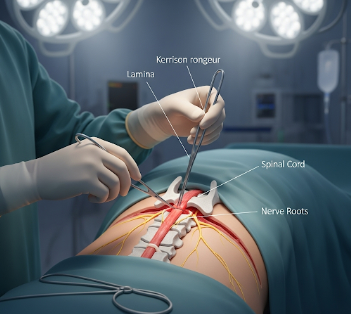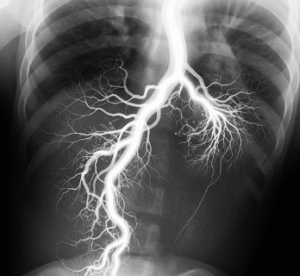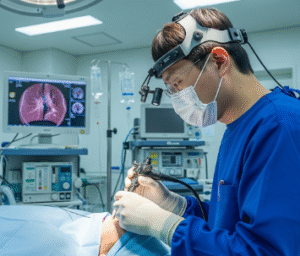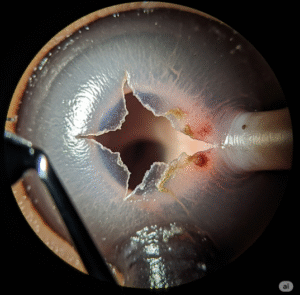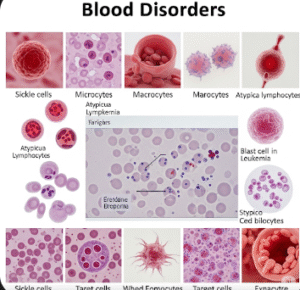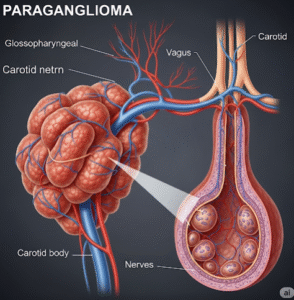Overview
A Laminectomy is a surgical procedure performed to relieve pressure on the spinal cord or nerves caused by conditions such as spinal stenosis, herniated discs, or tumors. By removing a small portion of the vertebra called the lamina, the spinal canal is widened, reducing compression and alleviating pain, numbness, or weakness.
In Korea, patients can access highly specialized neurosurgeons and orthopedic spine specialists equipped with advanced surgical technologies, including microscopic and minimally invasive techniques, ensuring safe and effective outcomes.
Highlights:
- ✅ Relieves nerve or spinal cord compression
- ✅ Reduces back and leg pain, numbness, or weakness
- ✅ Available in leading spinal centers in Korea
What is Laminectomy?
A Laminectomy involves the removal of part or all of the lamina, the bony arch that forms the roof of the spinal canal. This creates additional space for compressed nerves and helps relieve symptoms such as:
- Back pain
- Leg or arm weakness
- Numbness or tingling
- Difficulty walking or maintaining balance
Laminectomy may be performed at different levels of the spine: cervical, thoracic, or lumbar, depending on the location of nerve compression.
What are the benefits?
- Pain relief: Reduces chronic back or limb pain caused by nerve compression
- Improved mobility: Restores strength and function in arms or legs
- Prevention of neurological damage: Stops worsening of nerve compression
- Enhanced quality of life: Enables normal daily activities
Key benefits highlighted:
- ⚡ Immediate decompression of nerves
- ⚡ Reduced risk of permanent neurological damage
- ⚡ Can be combined with spinal fusion if needed for added stability
Procedure Details
1) How should I prepare for a Laminectomy?
- Preoperative evaluation: Blood tests, imaging (MRI, CT), and neurological assessments
- Medication adjustments: Stop certain blood thinners or medications as instructed
- Fasting instructions: Typically nothing by mouth for several hours prior to surgery
- Consent and education: Discuss risks, benefits, and expected recovery with your surgeon
- Arrange post-surgery support: Family or caregiver support for hospital discharge and home care
2) What happens during a Laminectomy?
- Anesthesia: General anesthesia is administered
- Surgical approach: Open or minimally invasive procedure depending on case complexity
- Removal of lamina: Part or all of the lamina is removed to relieve nerve pressure
- Optional fusion: Spinal fusion may be performed if stability is a concern
- Closure: Incisions are closed, and patient is transferred to recovery
Duration: Typically 1–3 hours depending on the number of levels treated
3) What happens after a Laminectomy?
- Recovery room monitoring: Vital signs and neurological function closely observed
- Pain management: Medications to manage post-operative discomfort
- Early mobilization: Encouraged to prevent complications such as blood clots
- Physical therapy: Begins shortly after surgery to improve strength and flexibility
Highlights for post-operative care: - ⚡ Monitor for signs of infection or nerve issues
- ⚡ Gradual return to daily activities as advised
- ⚡ Follow exercises to improve spinal stability
- ⚡ Regular follow-up with the surgeon to track healing
Risks / Benefits
Risks:
- Infection or bleeding at the surgical site
- Nerve injury leading to weakness or numbness
- Spinal instability (may require fusion)
- Anesthesia-related complications
Benefits:
- Relief from chronic pain and neurological symptoms
- Improved mobility and quality of life
- Prevention of further nerve damage
Recovery and Outlook
- Hospital stay: Typically 2–5 days, depending on procedure complexity
- Full recovery: Most patients recover within 4–8 weeks, but full strength and mobility may take longer
- Long-term outlook: With successful surgery and rehabilitation, patients often experience significant improvement in pain and function
- Follow-up: Regular visits to monitor healing, spinal alignment, and physical therapy progress
Tips for optimal recovery:
- ✅ Follow postoperative instructions closely
- ✅ Engage in recommended physical therapy
- ✅ Avoid heavy lifting or twisting motions during early recovery
- ✅ Monitor incision site for infection or abnormal symptoms
When To Call the Doctor
- Increasing pain or swelling at the incision site
- Numbness, tingling, or weakness worsening after surgery
- Fever, redness, or discharge at the surgical site
- Difficulty controlling bladder or bowel function
Best Korea Option / Process
Korea offers advanced spinal care for Laminectomy:
- Top hospitals: Expert neurosurgeons and orthopedic spine specialists
- Advanced diagnostics: MRI, CT, and nerve studies for precise surgical planning
- Surgical options: Open and minimally invasive laminectomy techniques
- Postoperative care: Specialized recovery units, pain management, and physiotherapy support
- International patient support: Online consultations, appointment scheduling, and telemedicine follow-up
Step-by-step process in Korea:
- Online consultation and review of imaging
- Preoperative evaluation and planning
- Laminectomy performed by spine specialists
- Postoperative monitoring and initiation of rehabilitation
- Remote follow-up and ongoing care guidance

